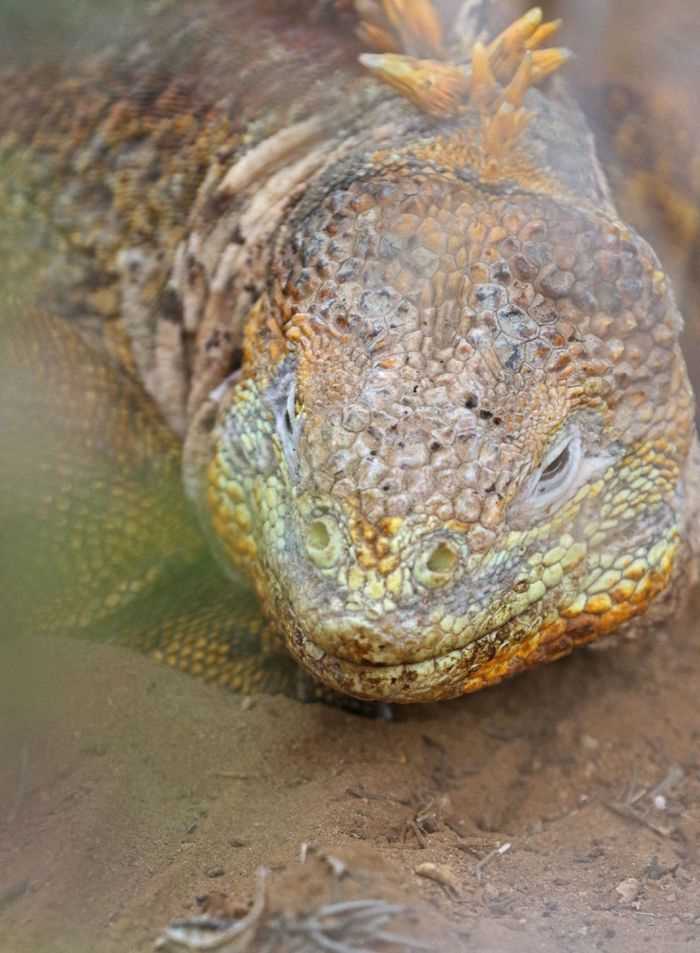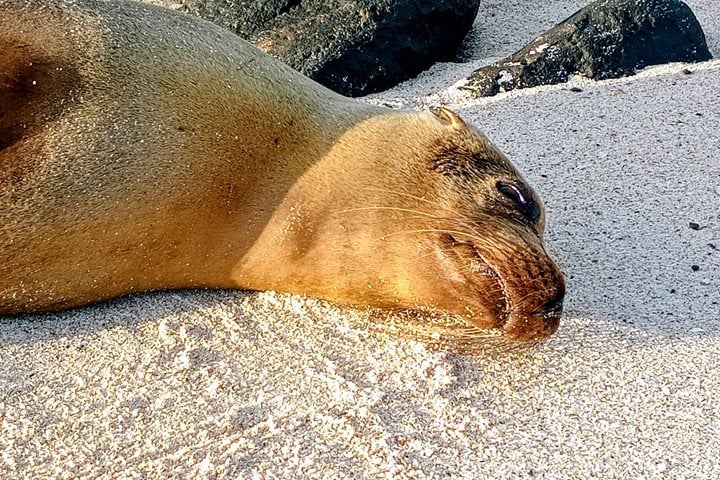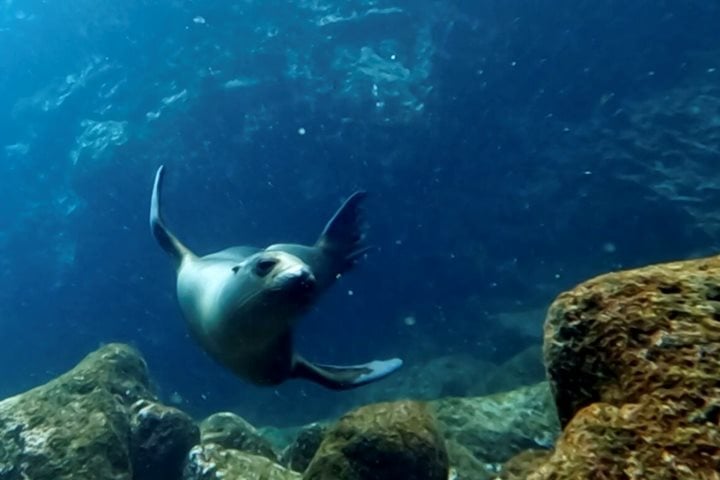Early wake-up to climb to the top of the Island of Bartholomew, which is an open book of geology to understand the formation and colonization of the islands by plants and animals. In addition, it has a spectacular landscape. About 400 steps protect the island from erosion and facilitates the people reach the top of it in an easier way.
Later after breakfast, we get suited up to explore the water and its fantastic life composed of all kinds of singular creatures, some of them found only here. A world of fish, stingray and many more underwater species make this area truly enjoyable and fascinating.
We then later navigate to reach the north of Santa Cruz where we visit Dragon Hill, one of the areas with the prehistoric-looking land iguanas. Right at landing, we meet several sea birds flying around and diving for fish. Marine iguanas basking in the sun before or after going in the sea for algae. The interior trail goes through a palo santo forest that then opens to a small ash-made hill mostly occupied by land Iguanas. In fact, they are here to show their beauty and grace but also to share a story of resilience.
This combination of colored landscape and special wildlife area gives us another day of joy in the Galapagos. The exploration continues on the next day for visiting Floreana.







